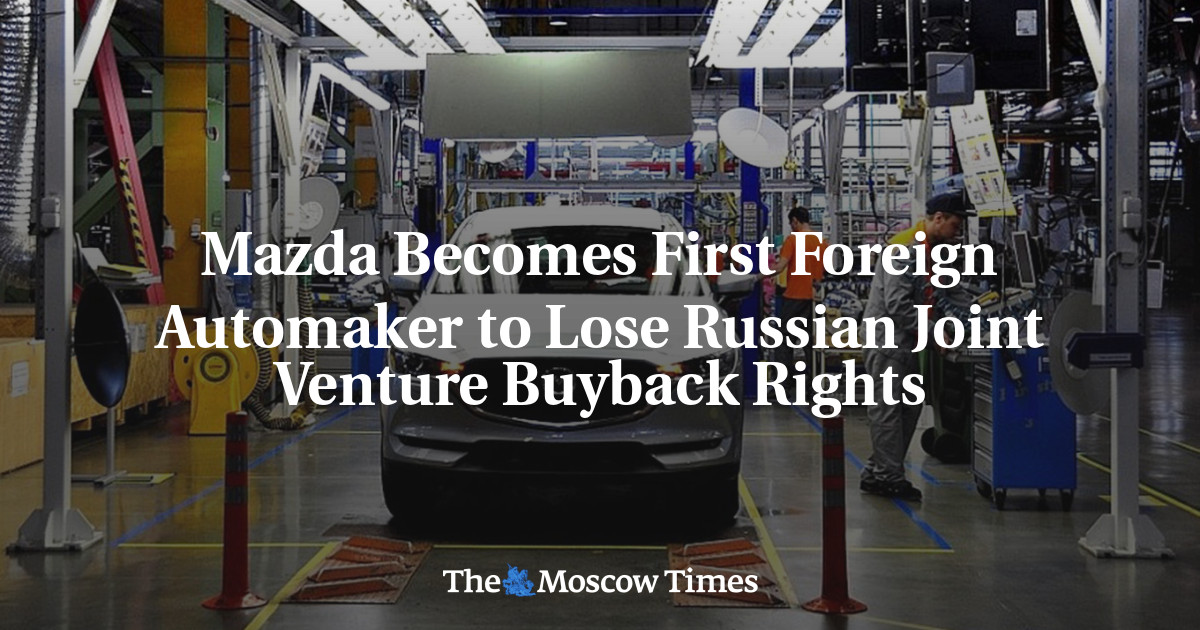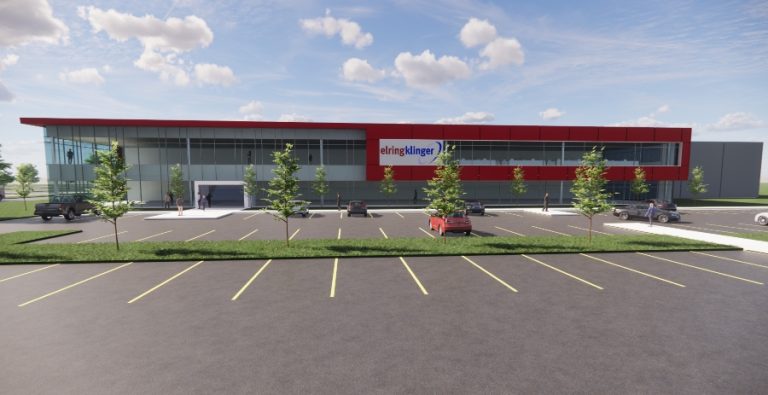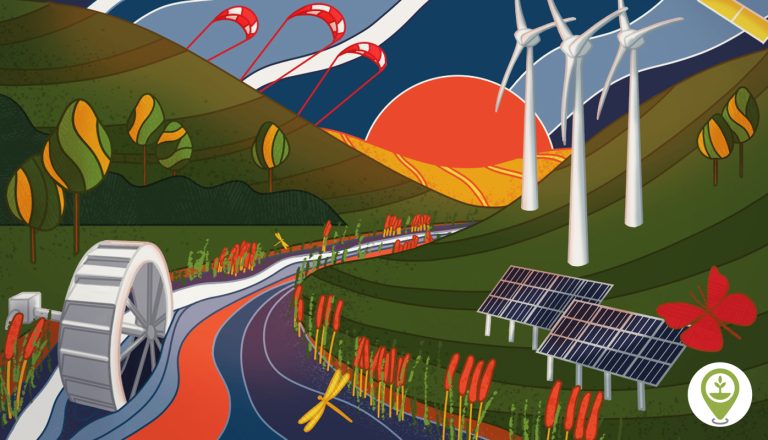Mazda loses buyback rights in russian joint venture shifting global automotive strategy

Introduction: The Changing Business Landscape in 2023
The modern business scene is evolving faster than ever before. Across small businesses, industrial manufacturing, automotive sectors – including the fast-growing electric vehicle segment – and the constantly shifting world of business tax regulations, companies face a host of tricky parts and tangled issues. Today’s economic climate requires entrepreneurs and executives alike to figure a path through complicated pieces while staying alert to fine points that can make or break success. In this opinion editorial, we explore how sectors as diverse as small business operations, industrial production, and automotive innovation intersect with business tax laws, economic news, and smart marketing strategies. We take a closer look at the current state of affairs, noting both the opportunities and the intimidating challenges that characterize the market landscape in 2023.
While many might feel overwhelmed by the many twists and turns of today’s market, a bit of careful planning and strategic insight can help businesses find their way. In what follows, we break down several areas critically affecting the economy, drawing on practical examples and expert opinions. Let’s poke around these topics one by one and offer clarity on the fine shades that separate triumph from setback in the modern business world.
Small Business Tax Planning Strategies for Sustainable Growth
Small businesses remain the backbone of any healthy economy, but managing their tax obligations can feel like navigating a maze loaded with problems and nerve-racking challenges. Owners are often faced with complicated pieces and confusing bits when dealing with business tax laws that can change on a dime. To succeed, they must work through each requirement with strategic planning and expert advice.
A significant issue is understanding the subtle details of tax deductions and credits available to small enterprises. These fine points are essential for reducing costs and staying compliant during turbulent times. In many cases, a well-crafted tax plan can transform a fiscal headache into a key competitive advantage. Experienced accountants often recommend that businesses not only prepare for the annual tax season but also integrate tax strategy into everyday decision-making.
To illustrate a systematic approach, consider these steps that small business owners can take:
- Review Income and Expenses: Regularly monitor income streams and expenses to identify deductible costs.
- Keep Accurate Records: Maintain detailed records to support each claim, which can save crucial time during audits.
- Consult With Experts: Engage tax professionals who can help reveal hidden complexities and identify additional deductions.
- Plan for Future Changes: Forecast future income trends and possible tax law shifts to help steer through unexpected twists and turns.
Moreover, digital tools now allow small business owners to track their finances in real time. With user-friendly tax software and online resources, many of the intimidating aspects of tax management are becoming more manageable. However, even with these technological aids, it is essential not to ignore the small distinctions within tax law updates, as even slight differences in legislation can have a significant impact on the bottom line.
Smaller enterprises that harness proactive tax planning often find that they are better positioned to weather economic storms. By integrating tax strategies with broader business plans, these companies build resilience, ensuring sustainable growth regardless of shifting governmental policies or economic pressures.
Industrial Manufacturing Trends and Challenges Amid Economic Uncertainty
Industrial manufacturing has long been a cornerstone of economic development, yet it faces its own set of tricky parts and conflicting demands today. Global supply chain disruptions, labor shortages, and escalating operational costs have combined to create a climate that is both exciting and filled with tangled issues. Even the most seasoned manufacturers find themselves working through a maze of potential setbacks and off-putting obstacles.
One major trend in industrial manufacturing is the increased integration of technology into production facilities. Smart factories equipped with sensors and data analytics are revolutionizing how companies manage inventory, streamline the production process, and maintain quality control. However, this technological leap is not without its nerve-racking aspects. Upgrading legacy equipment and retraining existing staff can be both expensive and disruptive in the short term.
Consider the table below that summarizes key challenges and strategic responses for manufacturers:
| Challenge | Strategic Response |
|---|---|
| Global Supply Chain Interruptions | Develop multiple supplier relationships and invest in local sourcing where possible. |
| Labor Shortages and Skill Gaps | Invest in workforce development and engage in public-private training programs. |
| Operational Cost Increases | Adopt lean manufacturing principles and continuously review cost-saving protocols. |
| Technological Upgrades | Plan phased investments and provide comprehensive training to staff. |
Another significant area of focus for today’s manufacturers is sustainability. With growing environmental concerns, companies are increasingly under pressure to minimize waste and reduce their carbon footprints. This shift toward green manufacturing practices represents both an opportunity and a tricky part to figure a path through. Manufacturers that proactively embrace environmentally sound practices are not only complying with regulatory pressures but also tapping into a market that rewards sustainability as a key business value.
The evolving regulatory environment, especially pertaining to emissions and waste management, has made sustainable production an off-putting yet necessary investment. Large companies have the resources to navigate these issues more easily, but even small and medium operations are being challenged to adopt green practices. Recognizing this, industry associations have begun offering guidance, and there is a surge in government incentives designed to help companies modernize their operations with eco-friendly technologies.
Ultimately, the drive toward modernized, sustainable manufacturing practices is transforming the industrial landscape. While the road may be paved with stiff challenges, those manufacturers who manage to integrate innovative technologies and green practices are poised to benefit from long-term competitive advantages in a tense global market.
Electric Vehicle Industry Breakthroughs and Shifting Automotive Trends
Few sectors have captured the public imagination quite like the automotive industry – and especially its electric vehicle (EV) counterpart. With consumers increasingly concerned about environmental issues and sustainability, EVs offer an attractive alternative to traditional combustion engine vehicles. However, the journey to widespread EV adoption is riddled with confusing bits and intimidating challenges that require both ingenuity and robust regulatory frameworks.
Recent breakthroughs in battery technology and charging infrastructure have started to change the landscape dramatically. What was once seen as a niche market is rapidly gaining momentum. Yet, the transition is not without its twists and turns. There are still lingering issues such as range anxiety, the high cost of advanced batteries, and the need for a more widespread charging network.
Industry experts suggest that solving these fine points will be essential for the automotive sector to fully embrace electric vehicles as a mainstream option. Some of the strategies being discussed include:
- Innovative Battery Design: Investing in research and development to improve battery efficiency and longevity.
- Charging Infrastructure Expansion: Governments and private companies are collaborating to create an extensive network of fast-charging stations.
- Cost Reduction Measures: Scaling up production to take advantage of economies of scale and reduce the overall cost of EVs.
- Consumer Education: Addressing misconceptions and providing transparent information about EV performance and benefits.
Moreover, manufacturers are also dealing with the little details of regulatory changes that impact production standards and safety protocols. As regions around the world tighten emissions regulations and support green initiatives, automotive companies have to adapt quickly. This process is full of problems and often requires retooling production lines and retraining workers. However, forward-thinking companies are using these regulatory demands as an opportunity to pivot, innovate, and ultimately stay ahead of the curve.
The consumer shift towards EVs is not only a matter of environmental responsibility—it also reflects broader social trends. Younger generations are more likely to invest in sustainable products and are driving demand for new technologies that promise a greener future. This consumer behavior has spurred marketing teams to adjust their strategies, emphasizing sustainability and cutting-edge technological features as super important selling points.
Business Tax Law Changes Impacting Small Business Operations in 2023
An ever-shifting regulatory environment means that small business owners must constantly keep an eye on new tax laws and business regulations. Changes in tax policies can bring about both opportunities and additional complications, sometimes creating nerve-racking situations as companies try to adjust quickly. With tax reforms often itching in the political debate, it is essential for small business operators to figure out a path through each new set of regulatory fine points.
The recent tax law changes have raised several key issues:
- Adjustment of Deduction Limits: Shifts in deduction limits have altered how small businesses manage expenses and investments.
- Revised Tax Credits: New credits targeted at innovation and sustainability have emerged, offering potential cash-flow benefits if properly leveraged.
- Enhanced Reporting Requirements: More detailed reporting means businesses must enhance their record-keeping practices to avoid costly penalties.
- Compliance and Audit Risks: With more stringent rules on paperwork and digital record management, the risk of audits has grown, prompting many to seek expert advice.
It is critical for small business owners to get around these changes by regularly reviewing their financial strategies and consulting with tax professionals. Many experts suggest adopting a proactive approach: instead of waiting for the tax season, companies should routinely review their books and align their operations with the latest legal requirements. This proactive mindset not only minimizes stress during filing periods but also offers insights into future adjustments that might be needed.
Additionally, technological solutions, such as cloud-based accounting software, play an increasingly significant role in helping businesses manage these off-putting tasks. These tools streamline the process of keeping track of deductible expenses and managing payroll, thereby reducing errors and ensuring compliance with the latest tax laws.
For policymakers, balancing the need for revenue with the potential burdens on small businesses is a constant tightrope walk. While reform efforts intend to spur economic growth and innovation, the unintended side effects can often be overwhelming. The lesson for business owners is simple: remain informed, stay flexible, and always consider expert guidance when dealing with new regulatory challenges. In this way, even the most intimidating legal changes can be managed effectively.
Marketing Strategies for Small Business and Industrial Innovation
In today’s competitive market, effective marketing strategies can make all the difference in gaining traction and building a brand. Companies across the board—whether small local businesses or large industrial manufacturers—are using creative and adaptable marketing tactics to reach their target audiences. However, understanding the tiny details that drive consumer behavior in a tense market environment requires that companies get into the subtle parts of effective promotion and customer engagement.
Marketing amid economic uncertainty means focusing on delivering clear, authentic messages. Many businesses are now emphasizing sustainability, innovation, and customer service as key differentiators. In particular, digital marketing has become a must-have tool for reaching customers quickly and cost-effectively. Social media platforms, email campaigns, and search engine optimization (SEO) are just a few of the channels being leveraged.
A few targeted methods include:
- Content Marketing: Producing engaging content that highlights both the benefits of products and services, and the thoughtful, community-trusted values of small businesses.
- Local SEO and Geo-Targeting: Optimizing content for local searches, particularly critical for businesses looking to attract neighborhood clients while also appealing to a broader regional market.
- Data-Driven Campaigns: Employing analytics to dig into consumer behavior allows companies to adjust their messaging in real time, making campaigns more effective.
- Storytelling Techniques: Crafting authentic narratives can help businesses connect with customers on an emotional level, setting the stage for loyal patronage.
Industrial manufacturers are also leveraging these strategies. With the advent of platforms that prioritize video content and interactive storytelling, manufacturing companies are demystifying the production process for consumers. By opening the doors to a behind-the-scenes look at how products are made, companies can address potential concerns regarding quality control and sustainable practices.
For example, a manufacturer might create a series of videos explaining how eco-friendly practices are implemented on the factory floor. Not only does this help address a common nerve-racking concern among environmentally conscious consumers, but it also distinguishes the company as a pioneer in green technology.
The small business community, on the other hand, often benefits from hyper-local marketing networks and strategic partnerships with community influencers. Whether it’s promoting a local event or simply creating a buzz on social media, the ability to adapt and innovate remains a super important business edge. In an era where digital saturation is the norm, mastering the art of subtle distinctions in messaging can be the key to standing out.
Moreover, the integration of data analytics with creative marketing is proving to be a game changer. By continuously monitoring social media trends, consumer feedback, and website metrics, companies can make quick adjustments. This agility ensures that their strategies remain fresh, engaging, and ultimately effective despite the ever-changing economic backdrop.
Conclusion: Steering Through a Changing Market
As we take a closer look at the current economic landscape, one thing becomes abundantly clear: adapting to change is not optional—it’s essential. From the tricky parts of tax law adjustments for small businesses to the subtle parts of technology integration in manufacturing, and from addressing the fine points of EV adoption in the automotive industry to deploying agile marketing strategies, every sector faces its own set of off-putting challenges and impressive opportunities.
Business owners who remain informed, who continuously analyze the minute details of evolving regulations, and who leverage technology to find their way through messy situations will be best positioned to thrive. While the twists and turns of the business environment can sometimes appear overwhelming, a strategic approach that prioritizes continuous learning and adaptation can make all the difference.
What stands out in today’s market is the convergence of traditional sectors with modern technological and regulatory trends. The overlap between old-school manufacturing and modern digital strategies, for example, reflects a broader shift toward coexistence of legacy practices with innovative methods. This trend is evident in every facet of the business world, from the local storefront to major industrial giants, and from the automobile showroom to cutting-edge EV production centers.
For small businesses in particular, the message is clear: stay proactive. The expense, effort, and occasional frustration required to get around each new tax law update or market shift is well worth it for the long-term benefits. As industry dynamics change and economic news creates both buzz and uncertainty, small companies must continue to invest in smart technologies, reliable advisory services, and agile marketing strategies that can seamlessly adapt to change.
Industrial manufacturers, facing a host of external pressures and internal challenges, need a relentless focus on efficiency and sustainability. By managing production processes with an eye toward both regulatory compliance and eco-friendly practices, they not only secure a competitive edge but also contribute to a greener economy. The balance between technology upgrades and human expertise remains a key area where success is determined by the ability to figure a path through intricate challenges.
Similarly, the automotive industry’s electric vehicle revolution is a reminder that even well-established sectors must reinvent themselves to survive. By embracing innovation and addressing the little details that influence consumer confidence – like improving battery life and expanding charging networks – automakers can redefine their market standings for years to come. Despite the nerve-racking challenges of overhauling traditional practices, the shift toward electric vehicles signals a promising future if managed with foresight and transparency.
Finally, marketing strategies that cut across these industries underscore the importance of clear, honest communication. Whether it is educating consumers about sustainable practices or showcasing a company’s technological advancements, effective marketing is the bridge that connects businesses to their audiences. In a tense environment filled with rapid changes, this connection remains the bedrock on which future success is built.
In conclusion, as we stand at the crossroads of technological innovation, regulatory change, and evolving market demands, success in business relies on the ability to figure a path through intricate challenges with a clear, proactive vision. By harnessing expertise in tax planning, manufacturing innovation, automotive evolution, and strategic marketing, businesses, large or small, can not only survive but thrive in today’s dynamic economic landscape. The journey may be filled with confusing bits and nerve-racking obstacles, but with the right strategies and a commitment to continuous improvement, the road ahead is one of promise and endless opportunity.
Originally Post From https://www.reuters.com/business/mazda-is-first-foreign-automaker-lose-buyback-rights-russian-jv-ex-partner-says-2025-11-03/
Read more about this topic at
I finally found a prompt that makes ChatGPT write naturally
Rewordify.com | Understand what you read




